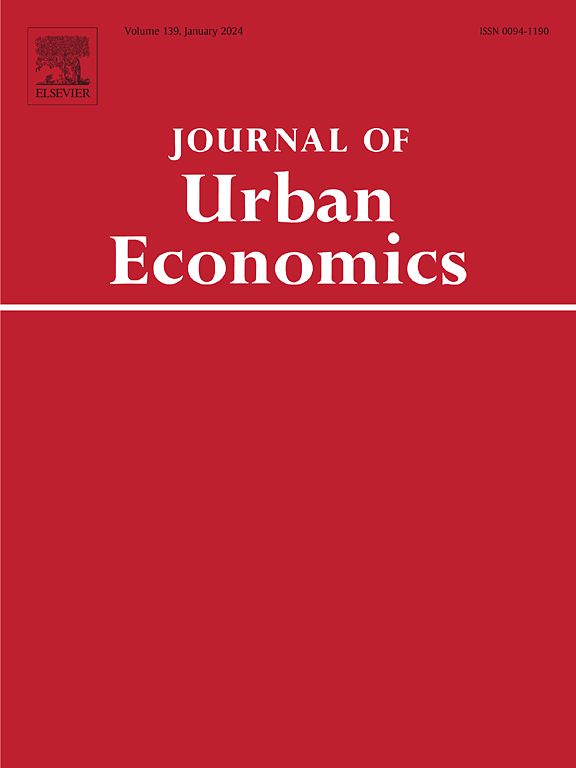Why do right to carry laws increase violence? Effects on gun theft and clearance rates
IF 4.8
1区 经济学
Q1 ECONOMICS
引用次数: 0
Abstract
Since the 1970s most state restrictions on carrying handguns in public have been eased or eliminated. Several of the early impact evaluations of these changes tended to support the belief that laws that facilitated gun carrying by private citizens deterred violent crime (while possibly increasing property crime). But more recent studies of the impacts of right to carry (RTC) laws conclude that the net effect is to increase state-level violent-crime rates relative to more restrictive regimes. This finding implies that the deterrence mechanism is swamped by other mechanisms, but there has been little evidence on which ones are important in practice. Using a novel data set of 217 large cities over 41 years, we confirm that violent crime increases following RTC adoption. We then document two mechanisms that may account for this result, finding a 50 percent increase in gun theft and a 9-18 percent reduction in violent crime clearance rates. Further analysis of city-level heterogeneity in RTC-induced effects is consistent with the hypothesis that gun theft is a likely cause of the RTC-induced increase in violent crime and more tentative evidence points to clearance as a potential driver.
为什么携带权法会增加暴力?对枪支盗窃和清除率的影响
自20世纪70年代以来,大多数州对在公共场合携带手枪的限制已经放宽或取消。对这些变化的一些早期影响评估倾向于支持这样一种信念,即促进公民私人携带枪支的法律可以阻止暴力犯罪(同时可能增加财产犯罪)。但最近对持枪权(RTC)法律影响的研究得出结论,其净效应是相对于更严格的制度,增加了州一级的暴力犯罪率。这一发现意味着威慑机制被其他机制所淹没,但几乎没有证据表明哪些机制在实践中是重要的。利用217个大城市41年来的新数据集,我们证实了采用RTC后暴力犯罪有所增加。然后,我们记录了两种可能解释这一结果的机制,发现枪支盗窃增加了50%,暴力犯罪清除率降低了9- 18%。进一步分析城市层面的rtc诱导效应的异质性,与枪支盗窃可能是rtc诱导的暴力犯罪增加的一个原因的假设是一致的,更多的初步证据表明清场是一个潜在的驱动因素。
本文章由计算机程序翻译,如有差异,请以英文原文为准。
求助全文
约1分钟内获得全文
求助全文
来源期刊

Journal of Urban Economics
Multiple-
CiteScore
10.60
自引率
4.80%
发文量
64
期刊介绍:
The Journal of Urban Economics provides a focal point for the publication of research papers in the rapidly expanding field of urban economics. It publishes papers of great scholarly merit on a wide range of topics and employing a wide range of approaches to urban economics. The Journal welcomes papers that are theoretical or empirical, positive or normative. Although the Journal is not intended to be multidisciplinary, papers by noneconomists are welcome if they are of interest to economists. Brief Notes are also published if they lie within the purview of the Journal and if they contain new information, comment on published work, or new theoretical suggestions.
 求助内容:
求助内容: 应助结果提醒方式:
应助结果提醒方式:


